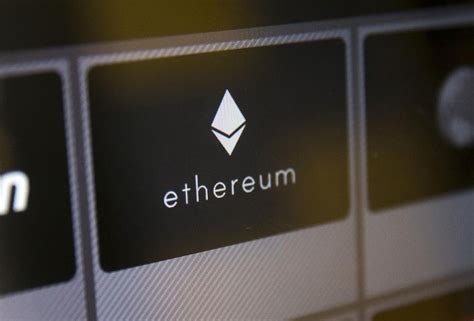Ethereum: Understanding Transaction Malleability in the Blockchain

The Ethereum blockchain, built on the open-source platform of Ethereum (ETH), is known for its advanced smart contract functionality and decentralized governance model. However, one critical aspect that has sparked significant concern among users and developers alike is transaction malleability. In this article, we’ll delve into how a transaction malleability works in the Ethereum blockchain, explore examples, and discuss potential implications.
What is Transaction Malleability?
Transaction malleability refers to the ability of miners on the Ethereum network to manipulate transactions without being detected by other nodes. This means that a malicious node can create or modify transactions without altering their digital signatures, making it difficult for others to detect and prevent such activities. The goal of transaction malleability is to allow for censorship-resistant and decentralized payments.
How does Transaction Malleability work in Ethereum?
Here’s an overview of the process:
- Transaction creation: When a user initiates a transaction on the Ethereum network, it is broadcast to the miner pool.
- Verification: Miners collect multiple copies of the transaction (known as blocks) and verify them using complex algorithms and cryptographic techniques.
- Signing transactions: The verified transactions are then signed with digital signatures, which are unique combinations of private keys and public addresses.
- Block creation
: A block is created by combining a group of verified transactions, along with other metadata like the previous block’s hash and a timestamp.
Types of Transaction Malleability
There are two main types of transaction malleability in Ethereum:
- Poisoning: This occurs when multiple copies of a single transaction are created simultaneously, making it difficult to detect any malicious activity.
- Spreading: In this scenario, miners create additional blocks with the same transactions without altering their digital signatures.
Examples of Transaction Malleability
While transaction malleability is an inherent property of blockchain technology, there have been instances where exploits have been successfully carried out:
- The DAO Hack (2016): A group of malicious actors created multiple copies of a smart contract that attempted to steal funds from the Ethereum DAO (Decentralized Autonomous Organization) token. This exploit was eventually detected by the network and halted.
- The ERC-20 Tokens with Reentrancy Vulnerability: In 2020, researchers discovered vulnerabilities in several ERC-20 tokens, allowing attackers to re-enter the contract and drain funds without permission.
Potential Implications
Transaction malleability poses significant risks for the Ethereum ecosystem:
- Financial losses: The potential for massive financial losses due to malicious transactions can have a ripple effect on the entire network.
- Security concerns: Transaction malleability may also lead to security vulnerabilities, as attackers may exploit weaknesses in the system.
Mitigating Transaction Malleability
To address transaction malleability, Ethereum developers and users are working together:
- Improved cryptographic algorithms: More secure cryptographic techniques, such as those used in the ECDHE (Elliptic Curve Diffie-Hellman) algorithm, can be employed to enhance the security of transactions.
- Node monitoring: Regularly monitoring node activity can help detect suspicious patterns and prevent malicious transactions.
Conclusion
Transaction malleability is a critical aspect of Ethereum’s blockchain architecture, but it also poses significant risks for the network.